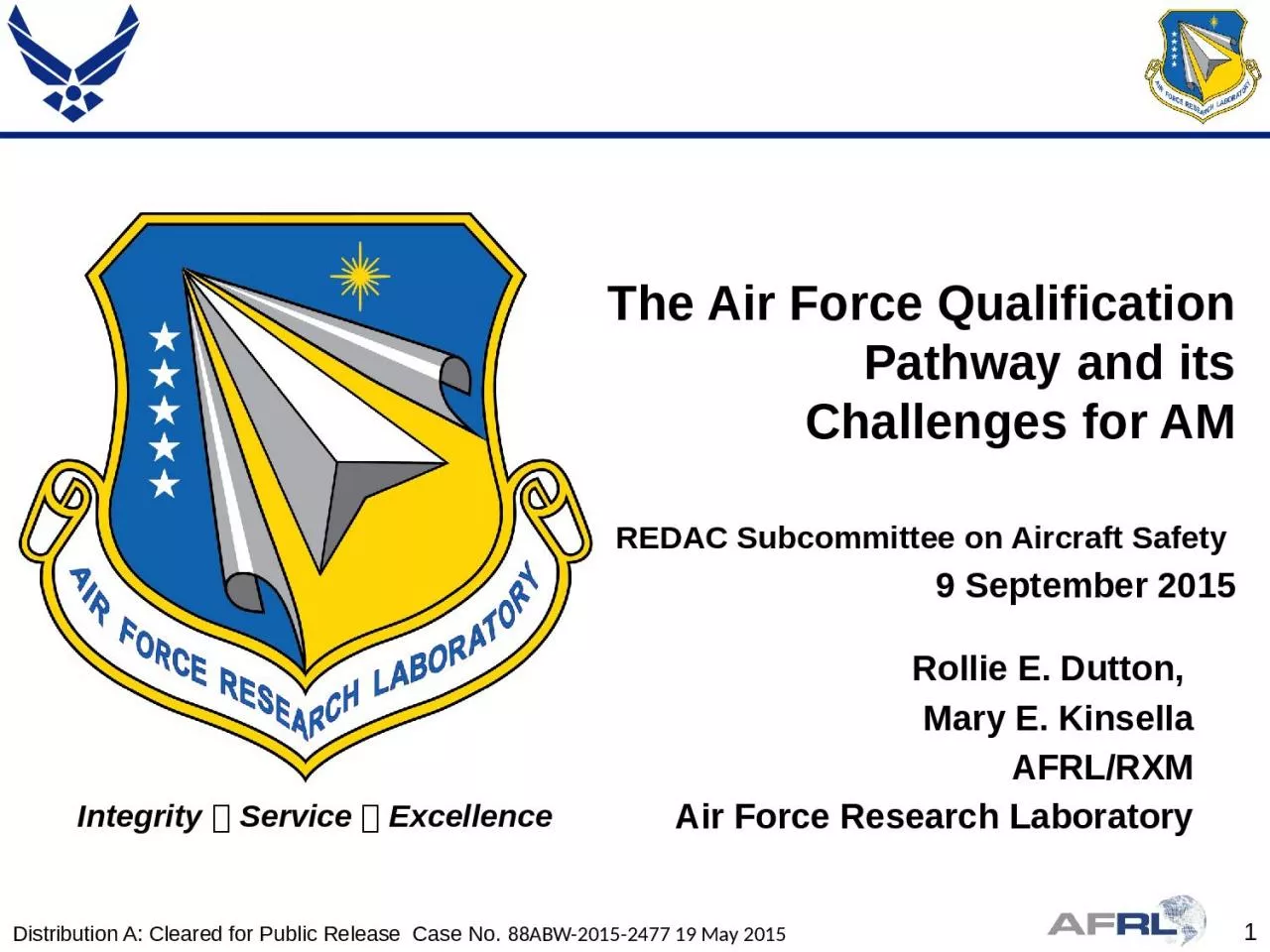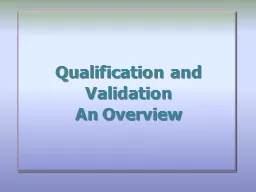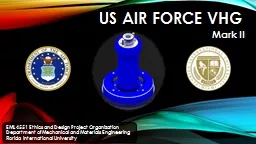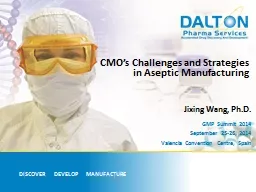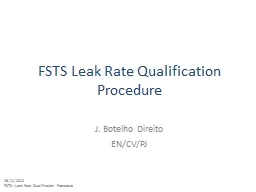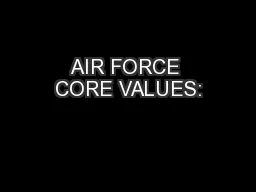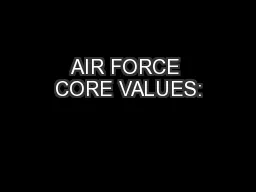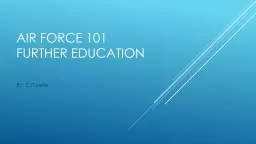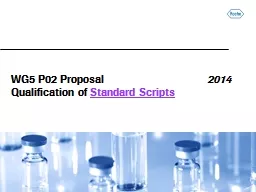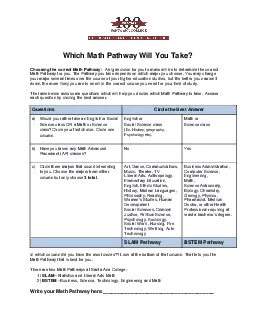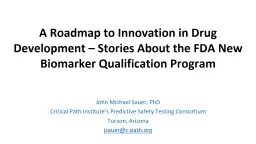PPT-The Air Force Qualification Pathway and its Challenges for AM
Author : roxanne | Published Date : 2024-03-13
REDAC Subcommittee on Aircraft Safety 9 September 2015 Rollie E Dutton Mary E Kinsella AFRLRXM Air Force Research Laboratory Distribution A Cleared for Public
Presentation Embed Code
Download Presentation
Download Presentation The PPT/PDF document "The Air Force Qualification Pathway and ..." is the property of its rightful owner. Permission is granted to download and print the materials on this website for personal, non-commercial use only, and to display it on your personal computer provided you do not modify the materials and that you retain all copyright notices contained in the materials. By downloading content from our website, you accept the terms of this agreement.
The Air Force Qualification Pathway and its Challenges for AM: Transcript
Download Rules Of Document
"The Air Force Qualification Pathway and its Challenges for AM"The content belongs to its owner. You may download and print it for personal use, without modification, and keep all copyright notices. By downloading, you agree to these terms.
Related Documents

